If Scotland is to hit its net zero carbon emissions target by 2045, then simple area targets and focusing planting on marginal land won’t work, according to a scientific paper from the Hutton Institute.
The paper points out that where trees are planted and what type need to be considered more if emissions targets are to be met.
This could lead tree planting on a collision course with farmers producing food on arable and temporary grassland units.
The paper states: “Using more productive land classes delivers more net sequestration per hectare and could mean greater carbon storage than anticipated by emissions reduction plans.”
Planting 18,000ha of trees
Over the last two years, over 10,000ha of trees have been planted in Scotland as the government strives for net zero emissions by 2045. While these plantings are the biggest in the UK, they are smaller than historic rates of 25,000ha per year after World War II, which peaked at 40,000 in the 1970s.
The urgency of the proclaimed climate emergency has pushed the new SNP and Green coalition government to increase the annual planting target to 18,000ha from 2024.
The government will have to find the right balance between food production, tree planting and rural economies
Historically, farmers have resisted tree plantation, as it increased land prices and can isolate farms surrounded by forestry. The ‘Farming For 1.5 Degrees’ report has called for all large planting to be measured against the impact to the farming community before granting permission. The government will have to find the right balance between food production, tree planting and rural economies.
Hill land doubles in price
Tree planting is responsible for the doubling of hill farmland, with units expecting to sell for £1,500/ac now being bought for closer to £3,000/ac.
According to a report by land agents Savills, the UK average price of productive forestry land is worth £4,700/ac, which is a rise of 17% year-on -year.
But if increased amounts of carbon are to be captured, then the focus of plantings will need to move down the hill into the better land, according to researchers.
Tree type key
The Hutton Institute academics state that getting the right tree type is also key to ensuring that carbon is captured and not emitted, particularly in the first 20 years.
The native conifers planted in places that give a low timber yield would emit more carbon than they captured in their first 20 years of planting, according to the paper.
Continuing with historical planting patterns is likely to further limit the likely contribution of forestry to emissions mitigation
Any semi natural habitat, which currently accounts for great swathes of the Scottish highlands, is estimated to see new trees causing net carbon losses for at least the first 20 years. Using native species or trees planted for conservation could still not capture carbon within 40 years. This has prompted the authors to call for careful consideration before planting on any land with semi-natural vegetation when trying to capture carbon.
The paper states that “current plantings are mostly on marginal land, typically with higher carbon content soils, which are less resilient to disturbance. Continuing with historical planting patterns is likely to further limit the likely contribution of forestry to emissions mitigation.”
As explained in Figure 1, the coloured areas show where the most carbon could be captured by trees.

However, these areas are also where Scotland’s most intensive and productive agriculture occurs
Carbon storage vs tree area
Dr Keith Matthews, co-author of the study, said: “Using area-based carbon storage targets means there is uncertainty over the quantity and timing of the carbon storage that new afforestation delivers.
“Having an explicit carbon tonnage target for new forestry as a whole would ensure that the amount of carbon storage assumed within Scotland’s Climate Change Plan is transparent, achievable and delivered, while still allowing flexibility to balance the trade-offs between carbon storage and the many other objectives and benefits that new woodlands are expected to deliver,” he said.
“Establishing lower-yielding trees extensively on low-quality ground with the organo-mineral soils that underlie more than half of Scotland’s afforested area will, in most cases, result in net emissions that persist for decades,” added co-author Prof Pete Smith of the University of Aberdeen.
Land battle
Dr Mike Perks, senior climate scientist at Forest Research and fellow co-author of the study, said: “Using more productive classes of land for afforestation can deliver more net carbon sequestration per hectare and could mean greater carbon storage than foreseen in emissions reduction plans.”
“This work shows why it is important to continue with the existing presumption against planting trees in deep peat areas, but that additional incentives or constraints may be needed to achieve the overall rates of emissions mitigation that policy commitments imply,” Dr Matthews added.
Not seeing the carbon for the trees? Why area-based targets for establishing new woodlands can limit or underplay their climate change mitigation benefits written by Matthews, K.B, Wardell-Johnson, D., Miller, D.G., Fitton, N., Jones, E., Bathgate, S., Randle, T., Matthews, R., Smith, P., Perks, M. (2020).
Scotland has started its annual deer cull to reduce the negative impact the animals have on national forests. Forestry and Land Scotland (FLS), responsible for managing our national forests and land, is culling female deer this September as there are up to 150m young trees vulnerable to damage from the animals.
Deer numbers across Scotland have doubled to almost a million from 500,000 in 1990.
Ian Fergusson, FLS’ head of wildlife management, said: “The total number of all four deer species across Scotland is now estimated to be around 1m and our surveys show deer population levels ranging from four deer per km2 to as high as 64 deer per km2 in some areas.
“A widely accepted sustainable population balance for woodlands and biodiversity protection is between two to seven deer per km2.
“The current high levels of deer numbers pose a particular threat to establishing young trees and areas of forest regeneration, which are a vital part of Scotland’s response to the climate emergency.
“It can also be ruinous to biodiversity projects and also poses a threat to the overall health of the herd, which in winter could struggle to find enough food and may result in many animals suffering a slow death from starvation.”
Duncan Orr-Ewing, speaking for Scottish Environment LINK’s Deer Group, said: “As environmental land managers, we fully recognise the need for ongoing control of deer populations, and to address the climate and biodiversity crises.
“Without reductions in deer population, we will not meet native woodland expansion, peatland protection, and therefore carbon sequestration targets.”




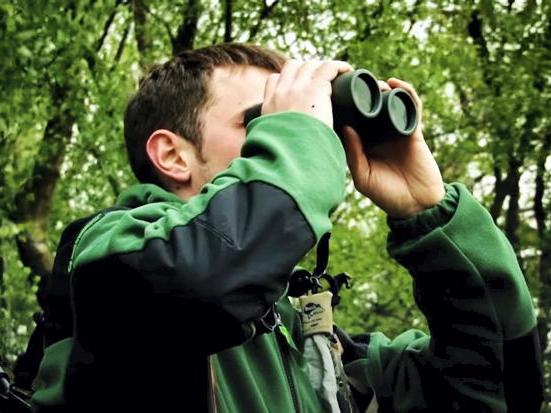
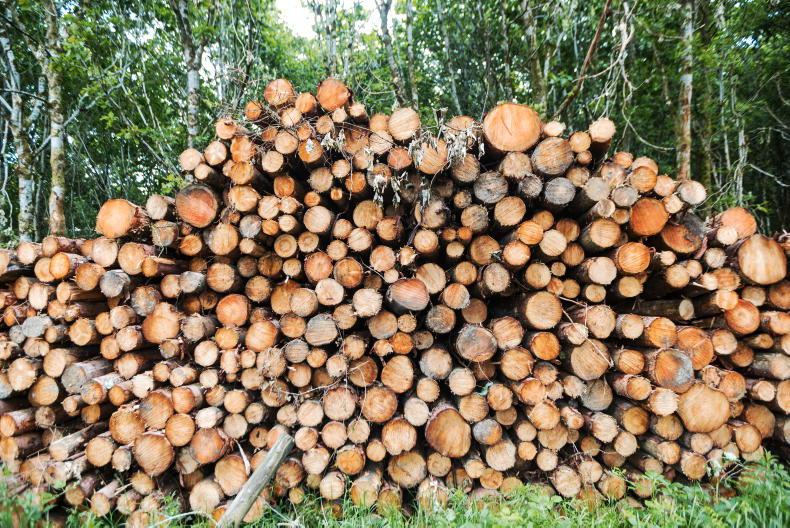

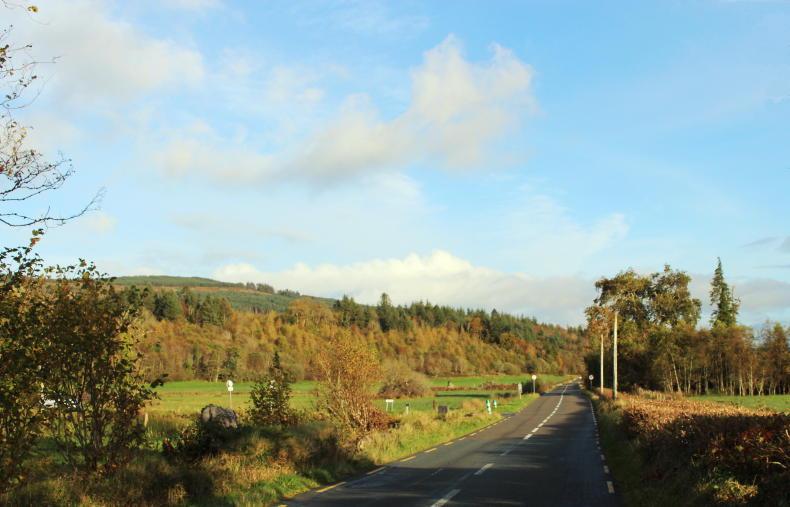
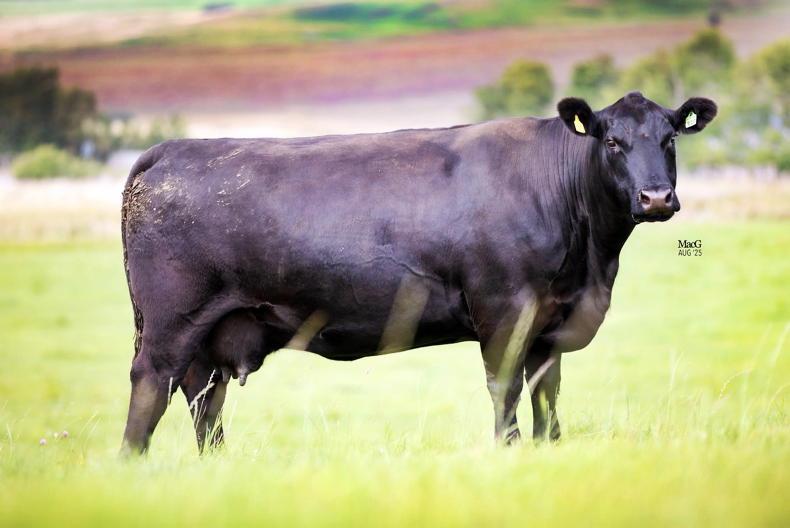
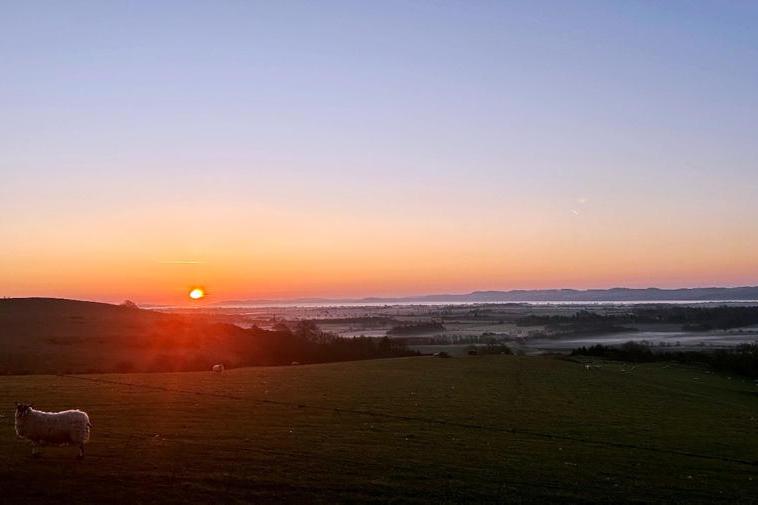
SHARING OPTIONS